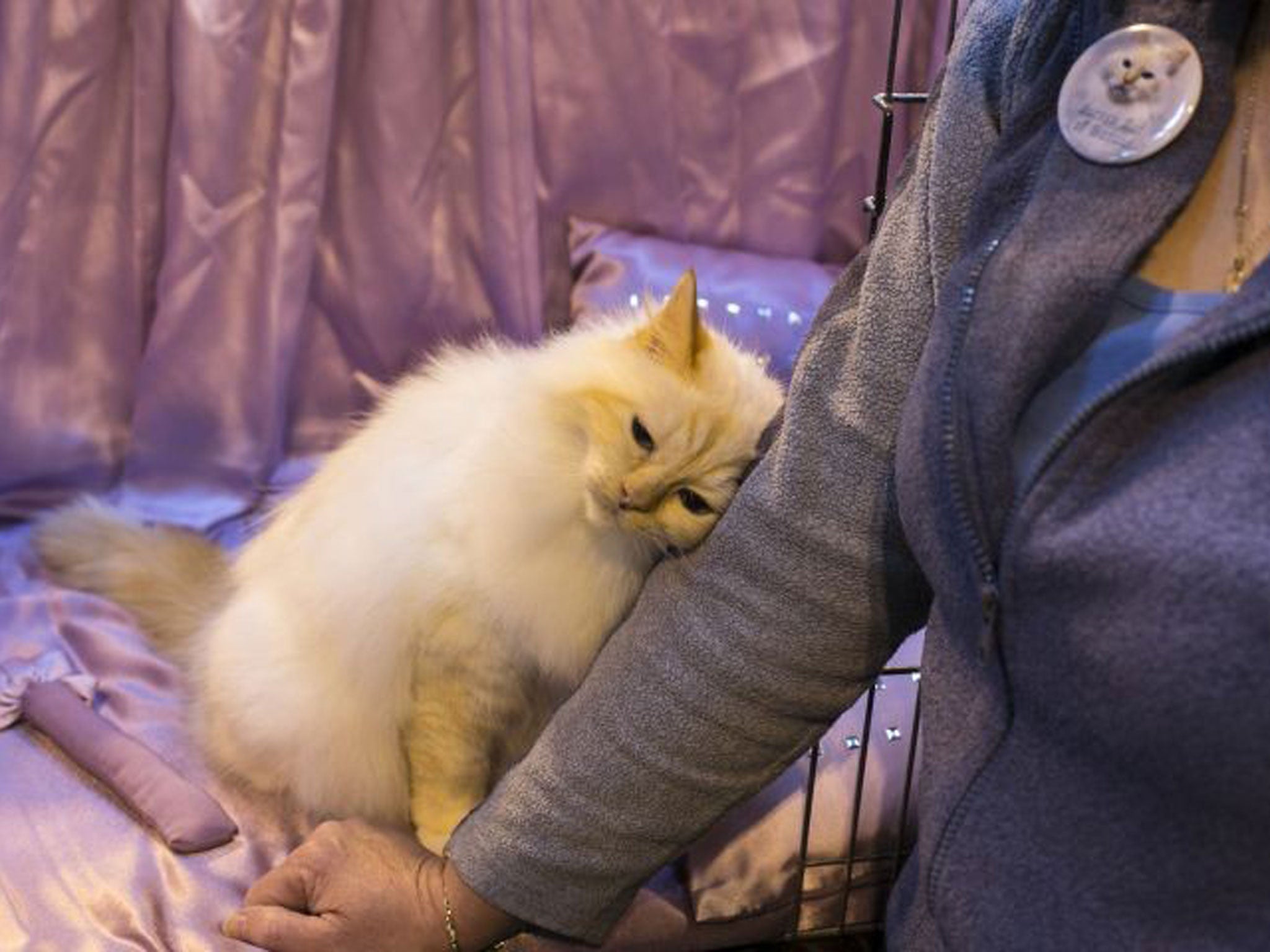This is how your cat sees you
As a 'larger, non-hostile' fellow feline

Your support helps us to tell the story
From reproductive rights to climate change to Big Tech, The Independent is on the ground when the story is developing. Whether it's investigating the financials of Elon Musk's pro-Trump PAC or producing our latest documentary, 'The A Word', which shines a light on the American women fighting for reproductive rights, we know how important it is to parse out the facts from the messaging.
At such a critical moment in US history, we need reporters on the ground. Your donation allows us to keep sending journalists to speak to both sides of the story.
The Independent is trusted by Americans across the entire political spectrum. And unlike many other quality news outlets, we choose not to lock Americans out of our reporting and analysis with paywalls. We believe quality journalism should be available to everyone, paid for by those who can afford it.
Your support makes all the difference.For pet owners who see themselves as a maternal or paternal figure to their beloved animals, we have some bad news for you. Your cat perceives you as less of a parental figure and much more as a larger, non-hostile fellow cat, according to research by a leading expert in animal behaviour.
This comes despite the constant care cat owners provide for their feline friends, according to biologist Dr John Bradshaw, author of Cat Sense (Basic Books).
Dr Bradshaw, a specialist in human-animal interactions has already penned a book on the relationship between domestic dogs and their owners, entitled Dog Sense.
In Cat Sense, Dr Bradshaw concludes that cats evolved as solitary hunters and still don’t quite 'get us' the way dogs do - and perhaps never will.
In effect, he says, cats are still fundamentally wild animals despite years of domestication. In the book, he explains: "the transformation of the cat from resident exterminator to companion cohabiter is both recent and rapid, and—especially from the cat’s perspective—evidently incomplete."
According to Dr Bradshaw, when cats rub up against their owners or invite them to stroke their head, they are in fact treating them as fellow non-hostile cats.
An upright tale is a greeting sign between cats, he adds, and is also a way of cats demonstrating their affection for their owners.
And when cats bring their prey into their owner's houses, it is a side effect of their hunting strategy - not because they want to bestow a gift upon the household. Once inside the house, cats remember they prefer tinned food which is why the rodent dead is then left on the floor.
The book teaches "much about the biology of cats that you never suspected" a recent review by The New York Times said.
Join our commenting forum
Join thought-provoking conversations, follow other Independent readers and see their replies
Comments